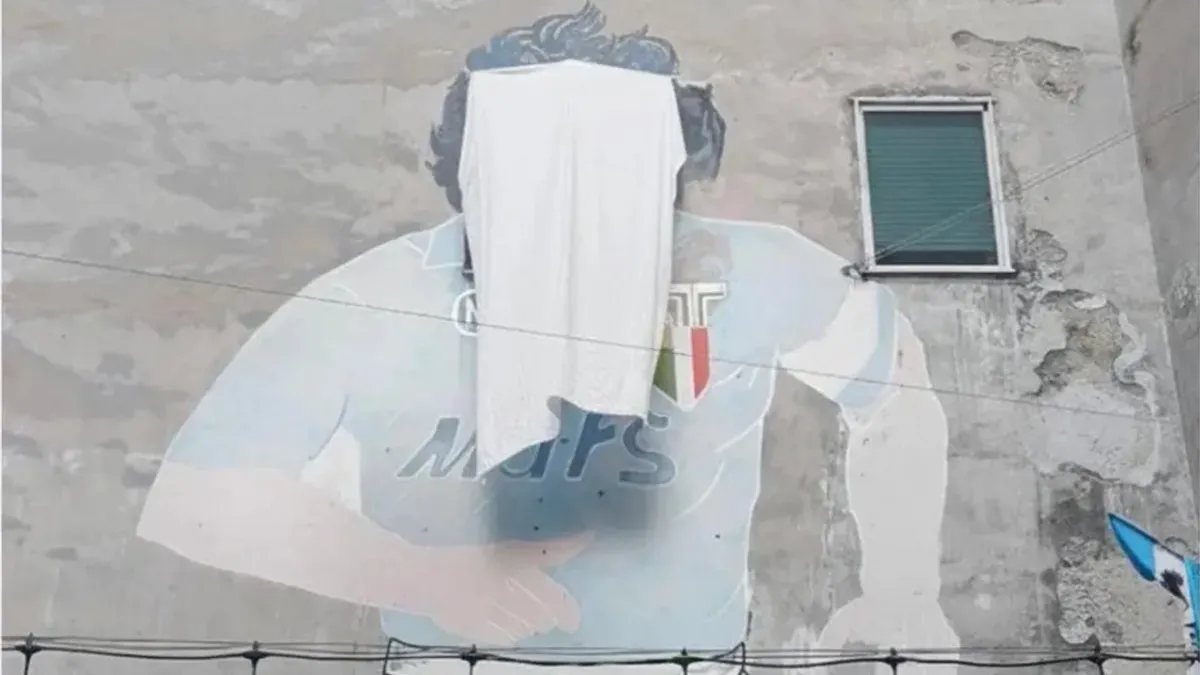Not only the statements of President Javier Milei and Caputo himself prefigure the proximity of the agreement; They have also pre -announced in the last hours different referents of the official policy that, informally, pass the message in the halls of Congress. That is why it is expected that Minister Luis Caputo’s next trip to the G20 summit in South Africa next week I can grant some advance, something that, now, the Casa Rosada would be looking for more emphasis.
The alternative plan that Luis Caputo is attending to “conform” to the IMF
The central fact is that, in the last hours, the government found a window to be able to tell the IMF, at least in one of the orders that the agency had requested. The IMF had asked the country for the exchange unification, a higher equilibrium value for parity with the dollar (which allows to accumulate reserves and lift the dollar Blend) via stock lifting and that the new agreement passes through Congress (Law 27,612 of Martín Guzmán).
As he could know Scope, The Casa Rosada He had answered negatively to the organism that leads Kristalina Georgieva, but with the commitment to quickly solve the observations in some way.
The first measure was to temporarily lower the withholding to the exports of the field, something that is already in force and that, for now, slowly transits the official expectation of gathering about US $ 3,000 million. This is the reason why the Government strives to sustain the message of “we are not going to devalue”, since they fear that agro -exporters feel to wait for a devaluation.
The second measure, bureaucratic trick, is that the resources that arrive from the IMF do not do so as “new indebtedness”. In this way, they think of the government, the debate and authorization of the Congress could be “skipped”. Is that President Javier Milei Does not want to bassoon the electoral strategy and the political initiative to discuss new debt with the IMF in the Legislative Palace.
As Caputo himself anticipated in an interview this week, the idea is that the funds that arrive from the IMF serve to cancel debt in the power of the BCRA that, they calculate in the Treasury Palace, today it totals about US $ 20,000 million. The fact is that, with the “fresh funds”, The Treasury will repurchase debt to the Central Bankthat is, the public sector is replaced as creditor with debt with the IMF.
Change creditor, more external debt, dollars to reach the elections
In fact, for the government this means that the agreement “implies new money and not new debt”, as the head of the Palace of Finance said on Tuesday. That is, in the words of a source of the Hacienda, “the nominal debt and therefore should not go through Congress and it would suffice with a DNU of the president. “
Of course, there are those who warn that replacing “Public Intrasector” debt with debt with the IMF will impact the total external debt, which adds more pressure to the possibility of breach, although for the government it cannot be classified as “new debt” , imply “changing creditor” and this allows the IMF to give the endorsement.
Why there was no demand for the dollar Linked
The Government comes from celebrating yesterday the void interest in the Dollar Linked debt (renewed less than 80% of the maturities). “Today we offered dollar Linked as of January 2026 … and almost no one came (we awarded $ 80,000 million to devaluation +5%). One thing is those who think, another the market,” said Secretary Pablo Quirno in his X account.
Of course, the pressure is the order of the day and the debate for exchange backwardness seems to promote it, sometimes, the government itself. The low demand explanation of the Linked dollar would have to look for it in The dollar rate differential proposed by the government itself with the Carry Tradeapproximately 18% per year. On the other hand, there are those who mention that rates in pesos remain interesting, “since what is at stake is not that the official dollar can take off, but that the gap is extended.”
Source: Ambito
I am an author and journalist who has worked in the entertainment industry for over a decade. I currently work as a news editor at a major news website, and my focus is on covering the latest trends in entertainment. I also write occasional pieces for other outlets, and have authored two books about the entertainment industry.




